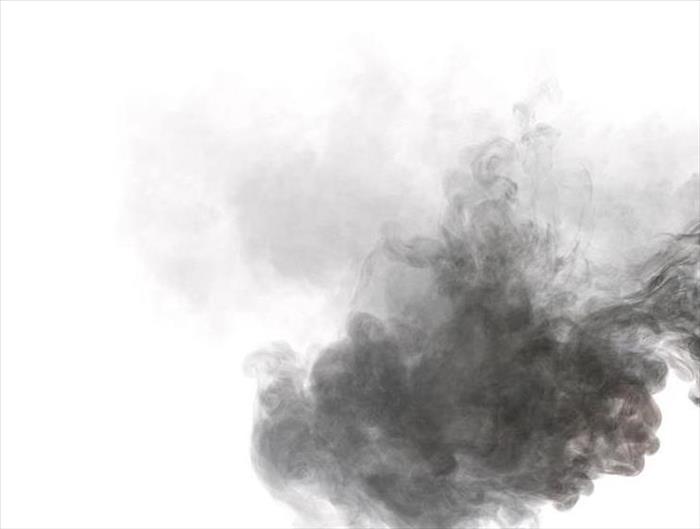Dallas Fire Damage - Understanding Smoke Residues
9/27/2017 (Permalink)
SERVPRO Explains the Nature of Fire & Smoke Damage in a Dallas Property
The primary source of damage to a home in a Dallas fire comes from smoke and soot, not the actual flames. The heat plays a contributing factor, but only as it provides a means of travel for smoke and soot and how it may expand the surface of an item.
Cleaning smoke, soot, and other fire damage from a Dallas home require understanding about what burned, how hot it burned, and the surface material of the item covered in residue, among other factors. When it comes to smoke, in particular, SERVPRO focuses on two in particular; temperature of the smoke and the temperature of surrounding surfaces.
Smoke travels through homes on the hot air generated by the fire. This transfer is called Convection. The hot air rises because cooler air forces its way downward to the floor. If the fire continues, it eventually draws the cooler air back up, heating it and the cycle repeats as long as the fire has oxygen and something to consume. These Convection Currents push smoke along ceilings.
Residues are harder to clean from ceilings and higher points in a home because of the higher temperature. The heat ‘opens up’ surface material, which allows the residues to penetrate deeper than they would at a lower point in the home.
Strangely enough, hot smoke attracts to surfaces with low temperature. That is why closets and windows collect such a thick residue coating. The side away from the fire usually has some insulation (closets) or has a much cooler, outside temperature (windows). These surfaces suffer little to no damage compared to ceilings, so the residues remain on top. They do not dig into a kitchen countertop as they do with ceiling tiles.
Understanding these two factors helps SERVPRO determine which methods of cleaning we need to use. For surfaces directly affected by heat, it may be necessary we use wire brushes or agitation devices to break up the residue trapped deep inside. If the surface has not been directly affected but has a thicker residue, our technicians try to use cloths and sponges with water or a chemical cleaner to remove the contamination.
Cleaning and restoring a home is never an easy process, but it can be a successful one if a professional service uses the right techniques and tools. For more information about what SERVPRO of Southeast Dallas County can do for your home or to schedule an inspection, call us at (972) 227-0800 today.
City Inner Workings Click Here






 24/7 Emergency Service
24/7 Emergency Service